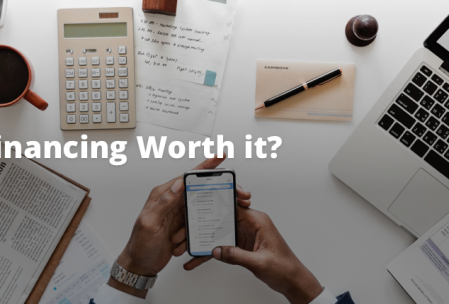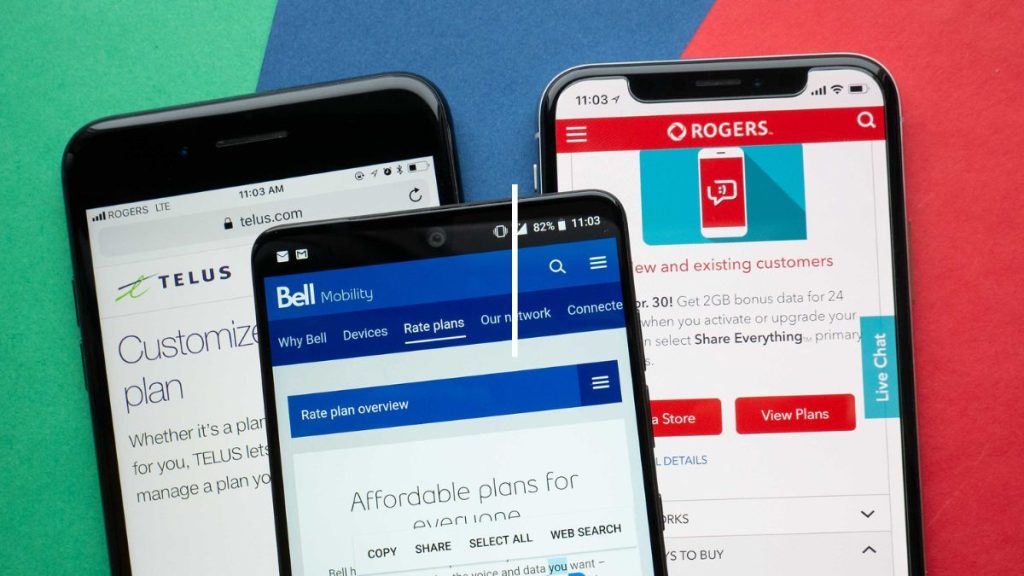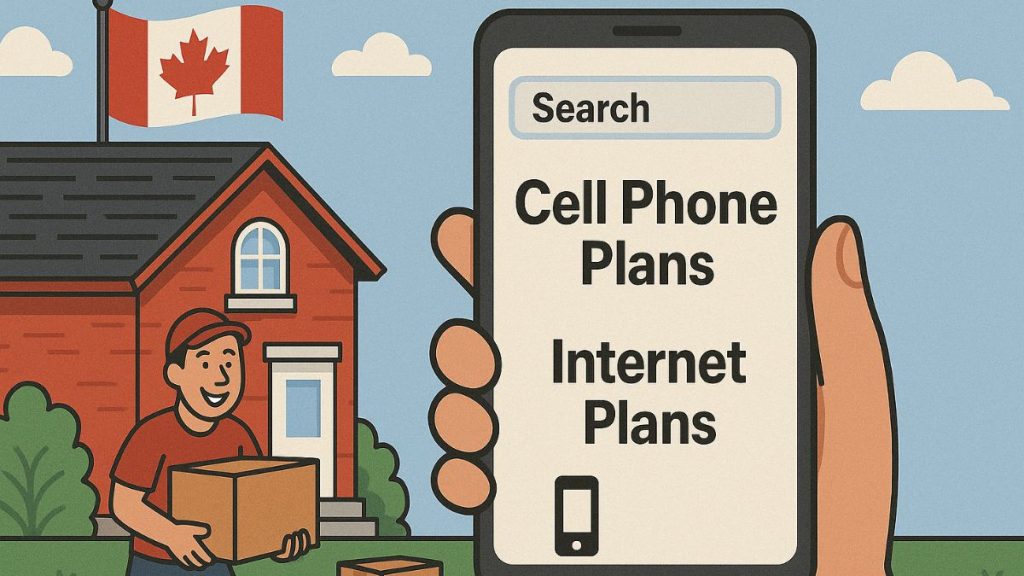In recent years, smartphone prices have skyrocketed and users have been looking for new ways to save. Device financing is an innovative way for people who need expensive devices but don’t want the trouble of paying upfront costs. The monthly installments can be paid without any credit score requirements, which means that those with terrible financials will still get access to this service! Although it’s commonly offered by providers, is financing a phone worth it?
In this article, we’ll explain what device financing is, what are some of the other types of payment plans and, if device financing is worth it.
What is Device Financing?
Device financing is a way of breaking down payments for the purchase of a mobile device, usually on a period of 24 months. Device financing is offered by the “big three” carriers and often comes with no upfront payment and interest fees.
With device financing, the cost of the device is usually split in 24 monthly payments at 0% interest. For instance, let’s say you bought a $960 smartphone on a 24 month plan, you could probably pay $40 per month for the phone on top of your monthly plan.
Device financing commonly comes with upfront discounts on the price of the device and your provider might also offer a trade-in discount if you have an older device to replace. However, device financing is not always available on cheaper plans. If you decide to switch carriers, you would have to pay the remaining balance on the phone, beforehand. When the device is paid off, you only need to pay your monthly plan.
Sometimes back, Canadian providers had announced new 36-month financing plans. These plans were created to help you get the most bang for your buck when it comes down to upgrading devices, by dividing the total cost over a span of 36 months instead of 24. While it may seem like a terrific idea, it could go against the rules laid out by the CRTC in the Wireless Code. Oops!
The CRTC has since asked providers to stop offering financing plans beyond 24 months and started investigating these three year financing plans. Read our article here to learn more about the recent CRTC announcement.
What are the other payment options?
Device financing is not the only flexible payment option offered by providers. There are other ways to purchase a device, such as with a tiered plan, a smartphone tab or even by leasing the device.
Tiered plans
Tiered plans are a very popular way of discounting phone prices in Canada and can offer some of the best savings.
Here’s how it works : Their cost is tied to the savings on the upfront cost of the device. For example, a regular plan could cost $65 per month if you bring your own device; $75 if you purchase a cheap phone with no upfront cost and $105 if you purchase a premium smartphone with no upfront costs. If you don’t mind paying upfront fees, you can save even more on your monthly payments and the overall cost. That said, you can’t downgrade your contract without paying fees and will have to keep paying that rate even after two years unless you switch plans. Your carrier could even raise the cost of your monthly plan during the contract.
Smartphone Tabs
Smartphone tabs are similar to device financing and tiered plans. There are also a great way to save big on certain smartphones. The price of the device is discounted, and then split over a period of 24 months on top of your plan. For example, instead of paying $960 for a phone, a smartphone tab plan could cost $720 in 24 monthly payments of $30. At the end of the 2 year contract, there would be only the plan left to pay. It’s great to save with a smartphone tab, but if you wish to break the contract, carriers might ask you to pay part of the original device’s price and not the discounted price. Carriers can also raise the price of your plan during the contract.
Leasing
When leasing a device, you can get a device at a cheaper upfront cost by signing a two year contract. At the end, you can either bring it back to the provider (in good working condition) or keep the device and pay the difference between the regular price of the phone and the discounted price you have paid. Depending on the carrier, it’s available with tiered plans and financing.
Leasing is a great way to save on the cost of a new device and is perfect for users who switch phones every two years. While leasing has many advantages, you lose the device after two year unless you pay it off. Another thing to note is that it is often only available for in-store purchases.
Learn more about leasing your device in our article about phone leasing in Canada.
Is cell phone finance worth it?
Taking all these developments over device financing into account, it is important to consider whether cell phone finance is even worth it or would you be better off saving up and paying upfront for the device you want.
Despite device financing being introduced as an option to make smartphones more affordable, the intention does not always translate to your monthly invoice or even across the term of your contract.
Let’s say you would like to get the Samsung Galaxy S22 Ultra on a 24 month device financing option. We’ve analyzed the cost breakdown of financing the device with Rogers, Telus and Bell as in comparison with buying the device upfront and choosing a BYOD plan with a different carrier.
Financing a Samsung Galaxy S22 Ultra 128GB
| Rogers | TELUS | Bell | |
|---|---|---|---|
| Listed cost of device | $2038 | $2040 | $2040 |
| Monthly payment (on a 24 month term) | $57.63 | $47.29 | $47.29 |
| Cost over 24 months | $1383 | $1134.96 | $1134.96 |
These are the factors that PlanHub takes into account when helping you choose the best available option based on your current needs. You can try our free comparison tool right here!
Is 24 month device financing the only option?
Telus, Rogers and Bell Mobility offer financing for 100% of the price on a new phone. Virgin Mobile and Fido offer up to $800 in financing with an upfront payment of the balance. The phones however, are available with all other carriers. It’s still possible to buy a phone with a different carrier with a traditional contract. Compare all available options with our comparison tool and choose the one that best meets your requirements.
Even with the Big Three, it is possible to buy the phone on a lease and cut-down on the upfront costs if you agree to bring the device back to the carrier at the end of two years in “good working condition”. If you buy your device with a smartphone tab or a tiered plan, you might be able to save even more.
As depicted in the table above, sometimes saving up to buy a device upfront and pairing it with a BYOD plan could be your best bet or perhaps a more economical option. It’s not quite necessary to buy the phone directly from the carrier’s website. Some good research coupled with your gut feeling, should make it possible for you to snag some really good deals on websites such as eBay, Craigslist and Kijiji.
If you would rather save some serious cash, and perhaps settle for previous year’s flagship, sites such as Get Orchard and Cell Clinic offer some really awesome deals on pre-owned and certified refurbished phones as well. They even offer free shipping and warranties on phones bought with them. If you would like to learn more about the potential advantages of buying a certified pre-owned device, you can check out our article – “How To Save On Cell Phone Bills”








